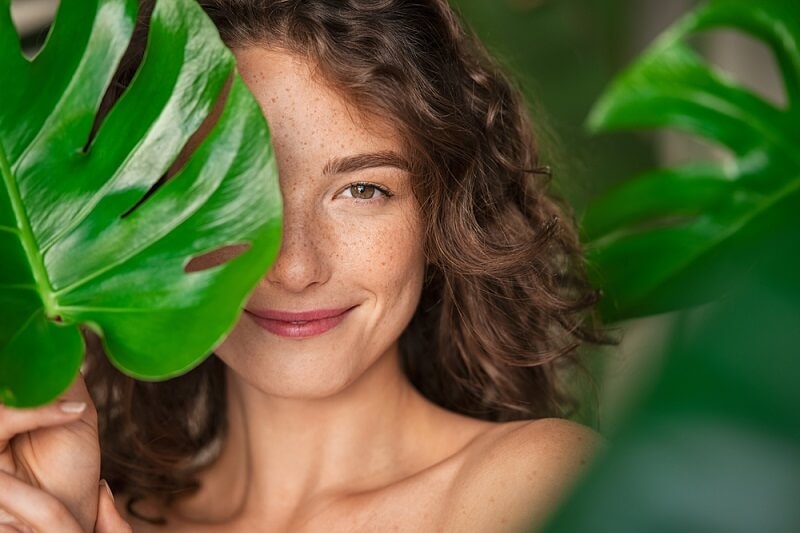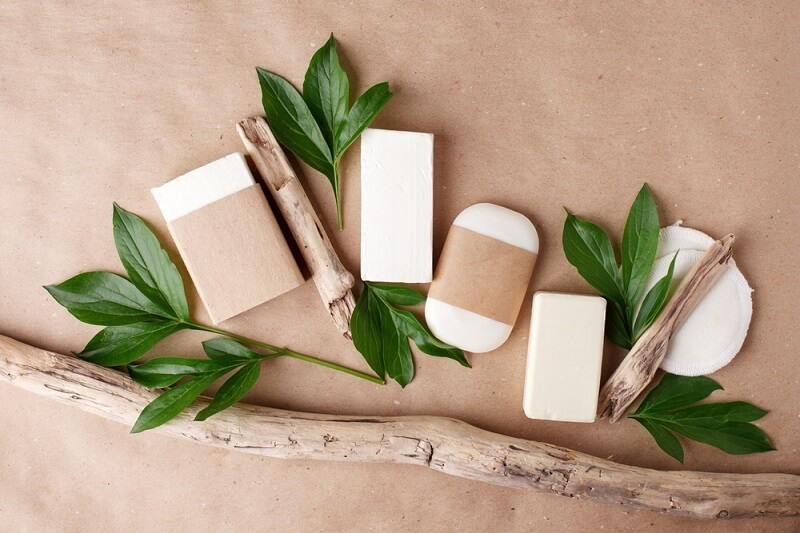Sustainable Beauty Trends 2025: What’s Changing Now
Editor:
Arshita Tiwari
on Jul 15,2025

The beauty industry has had its glow-up—and no, it’s not just about skin. Sustainable beauty isn’t a trend anymore. It’s the standard. The fluff is gone, and what’s left is a movement built on accountability, clean formulation, and products that don’t cost the earth (literally).
If you’re still thinking sustainable beauty is just paper packaging or a bamboo brush, 2025 is going to wake you up real fast.
Let’s unpack the real sustainability trends in beauty—minus the greenwashed gimmicks and with a solid focus on what actually matters now.
Waterless Beauty: The Era of Concentrates and Solids
Say goodbye to giant plastic bottles filled with 90% water. Waterless products—from shampoo bars to powdered cleansers—are leading the sustainable beauty shift this year. Why? Because reducing water in production means less packaging, less weight during shipping, and lower emissions. It's smart, clean, and efficient.
Brands are pushing bar-format everything. Solid conditioners, facial balms, even toothpaste—all in sleek, plastic-free packaging. What was once “niche” now feels non-negotiable in sustainable beauty products.
You may also like: Choose Timeless Accessories for Everyday Fashion Staples
Refillable Packaging Is the New Luxury
Nothing screams “2025 beauty trends” louder than a good refill system. You buy once, and refill forever. Sounds simple, but the shift it brings is massive. It’s no longer enough to slap on a ‘recyclable’ sticker. Refillable beauty makes sense—not just for the planet, but for your wallet too.
Refillable deodorants, lipsticks, compacts, and even mascaras are leading the pack. And here’s the kicker—they look good. The ugly ‘eco look’ is out. Today’s sustainable beauty products deliver aesthetics without plastic guilt.
Clean Beauty Meets Real Sustainability

Clean beauty had its moment of buzzword glory. But now, we’ve moved from “free from parabens” to clean beauty sustainability that looks at the bigger picture.
2025 is all about transparency. Not just what’s not inside your serum, but where it came from, how it was made, and who made it. If a brand can’t answer that? That’s your red flag.
Today’s clean beauty means traceable ingredients, biotech alternatives, reef-safe sunscreens, and zero-toxin formulations. Real sustainable beauty industry trends 2025 don’t rely on fear-mongering—they rely on data, innovation, and responsibility.
Upcycled Ingredients Are Taking Over
Waste is out. Smart repurposing is in.
Think coffee grounds turned into exfoliants. Fruit peels converted into active extracts. Even grape seeds from winemaking being used in facial oils. These sustainable beauty products are rewriting the idea of luxury—because the best ingredients don’t always come fresh out of the lab.
This isn’t a trend that’s trying to feel cute. It’s solving a real problem: beauty’s waste. And it’s becoming one of the strongest sustainability trends in beauty this year.
Biotech Beauty: Lab-Grown and Low-Impact
If biotech sounds intimidating, think of it as sustainability’s best friend. Lab-grown actives mean fewer resources, no deforestation, and consistent quality.
From lab-cultured hyaluronic acid to fermented peptides and algae-based squalane, 2025 beauty trends are riding the biotech wave hard—and for good reason. These ingredients perform just as well (often better), and they’re exponentially cleaner for the planet.
And here’s the truth: consumers care. Not just about results, but about how those results happen. Welcome to the sustainable beauty industry trends 2025—where science finally gets the credit it deserves.
Minimalism Isn’t Boring—It’s Revolutionary
We’re done with 15-step routines and bathroom shelves collapsing under product overload. Enter the minimalist skincare revolution. One cleanser. One serum. One moisturizer. That's the vibe.
This isn’t about doing less—it’s about doing it smarter. Streamlining your routine cuts down waste, saves money, and supports sustainable beauty by eliminating unnecessary products (and packaging).
And let’s be real: your skin probably never needed half those steps anyway.
Packaging Is Getting Smarter (Finally)
Let’s talk packaging—the elephant in the beauty room. Everyone talks about being recyclable, but how much actually gets recycled? Not much.
Now, it’s about smarter materials: compostable tubes, aluminum refills, glass jars with return programs. Some brands are using mushroom-based insulation and water-dissolvable wrappers.
And here’s the best part: this isn’t just trend-chasing. These packaging upgrades are now expected. Real sustainable beauty products come with real solutions—not just “green-looking” branding.
Consumer Behavior Is Driving the Change
This shift? It’s not just happening in boardrooms. It’s coming from people like you—smart, conscious consumers who read labels, question claims, and choose brands that walk the talk.
2025 buyers don’t want 12 colors of glitter in their bath bombs. They want transparency, refill stations, and formulations that work without wiping out ecosystems. That’s what’s fueling the top sustainability trends in beauty right now.
Even legacy brands are being forced to adapt or fade out. This new generation of beauty consumers doesn’t play.
Sustainable Isn’t Optional Anymore
A few years ago, “eco” was nice to have. Now? It’s table stakes. If a brand can’t explain their sourcing, if their products come in three layers of plastic, or if they still push the “clean beauty” line without data, they’re getting left behind.
This is the reality check beauty needed. And in 2025, sustainable beauty isn’t for a niche audience—it’s the baseline expectation.
Regulation Is Catching Up
Let’s not ignore the role of policy. Governments are stepping in, and finally, legislation is forcing change. From ingredient bans to carbon disclosures to packaging regulations—beauty brands are being held accountable.
That’s why sustainable beauty industry trends 2025 are looking more corporate than ever. But that’s not a bad thing. Real impact needs system-level change, and it’s starting to happen.
What’s Not Trending (And Shouldn’t Be)
Let’s call out the noise:
- Slapping a “natural” label on something and pretending it’s sustainable. Nope.
- Using glass bottles without a recycling program? Pointless.
- Promoting “clean” but selling 15 different versions of the same cream? Wasteful.
These are the patterns smart consumers are done tolerating.
Top Trends You Can Actually Use Right Now
Here’s where it gets practical. You want to align your routine with the 2025 beauty trends clean beauty sustainability conversation? Start here:
- Switch to waterless formulas—bars, powders, sticks.
- Support refillable systems—especially for high-use items.
- Use upcycled or biotech-based skincare—more sustainable and often more effective.
- Prioritize multifunctional products—less clutter, more purpose.
- Choose brands with clear sustainability reports—not vague green slogans.
That’s how you shop smart in the new era of beauty.
Explore More: NEW TRENDS: The 5 Stages of the Fashion Life Cycle
Final Word: This Isn’t a Phase
What are the latest trends in sustainable beauty? It's not just about what's new. It’s about what’s next. And the next phase of beauty is less about “trending ingredients” and more about systemic, measurable impact.
If you care about what goes on your skin and what happens to the planet after it rinses off, then congratulations—you’re already part of the shift.
2025 is proof that sustainable beauty is rewriting the rules. And those who get it? They’re not just following trends. They’re building what beauty should’ve been all along.
This content was created by AI



